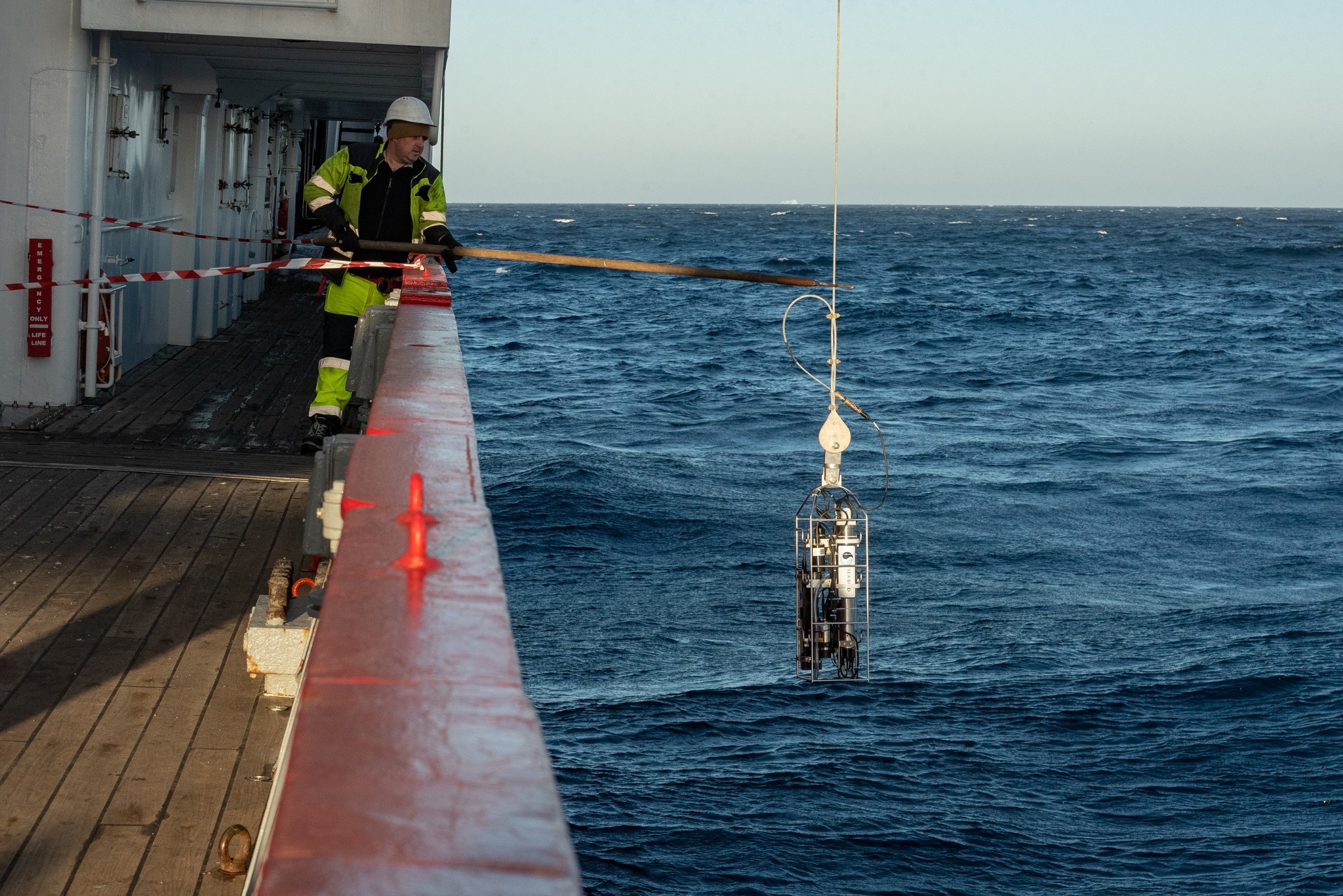Ukrainian scientists receive first data of underwater measurements in Antarctic waters
31 March 16:45
Ukrainian scientists have received the first results of underwater measurements in Antarctic waters conducted with the help of oceanographic buoys installed aboard the Noosphere research ship.
The National Antarctic Science Center reported this on Facebook, "Komersant Ukrainian" reports.
In March, Ukrainian polar explorers launched six argobuoys in the Southern Ocean for the first time. This is innovative autonomous equipment for underwater measurements that has no engine and moves with the current.
Argobuoys measure temperature, salinity and pressure at different depths. Then they transmit this data via satellite along with GPS coordinates to e-mail.
Recently, Ukrainian scientists have received the first emails with information from all six devices, which are already actively “traveling” along different currents in the Southern Ocean.
In addition, on the way from the Akademik Vernadsky station to Chile, the researchers conducted additional oceanographic measurements at three points along the buoys’ launch route. According to the National Academy of Sciences, this provided more accurate and detailed information about the currents in the Southern Ocean.
Thanks to a special CTD (conductivity, temperature, depth) probe, three water profiles were built at a depth of up to a thousand meters. Each profile has information on conductivity, temperature and salinity at different depths. Other parameters measured were light scattering, oxygen, pH, fluorescence for phytoplankton, and turbidity.
According to Natalia Shepel, an oceanographer at the National Academy of Sciences, “the data obtained allow us to better understand the dynamics of currents in this region, the characteristics of the layer containing water from glaciers, and the transfer of heat in the Southern Ocean.”
In addition, the National Academy of Sciences noted that this was the first test of a complete CTD, which is the basis of any oceanographic research from scientific vessels.
The research is being carried out as part of the OCEAN ICE project of the European Union’s Horizon Europe program.









